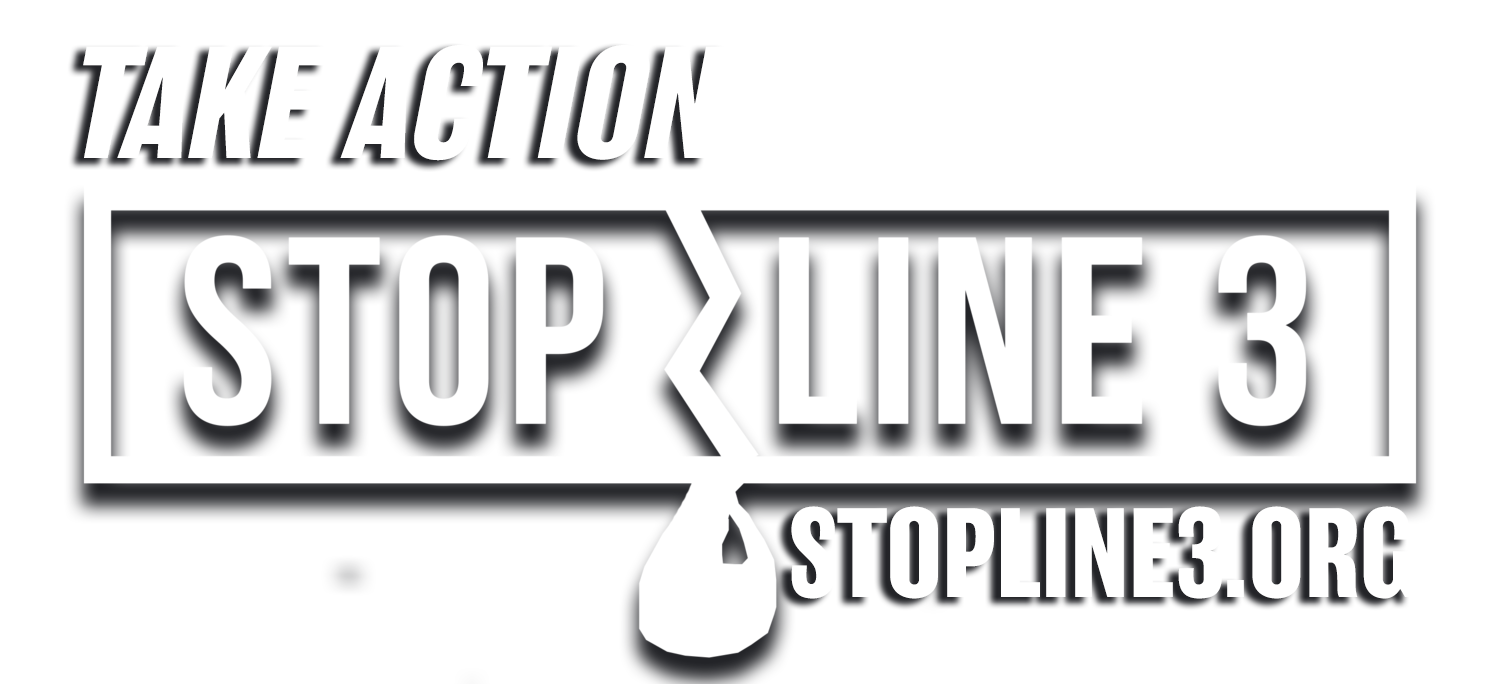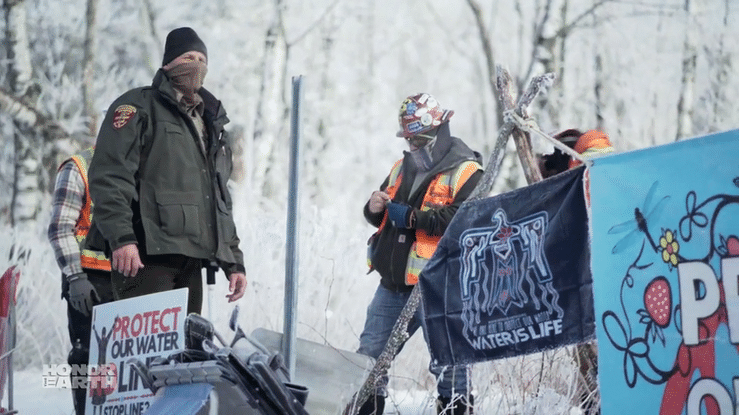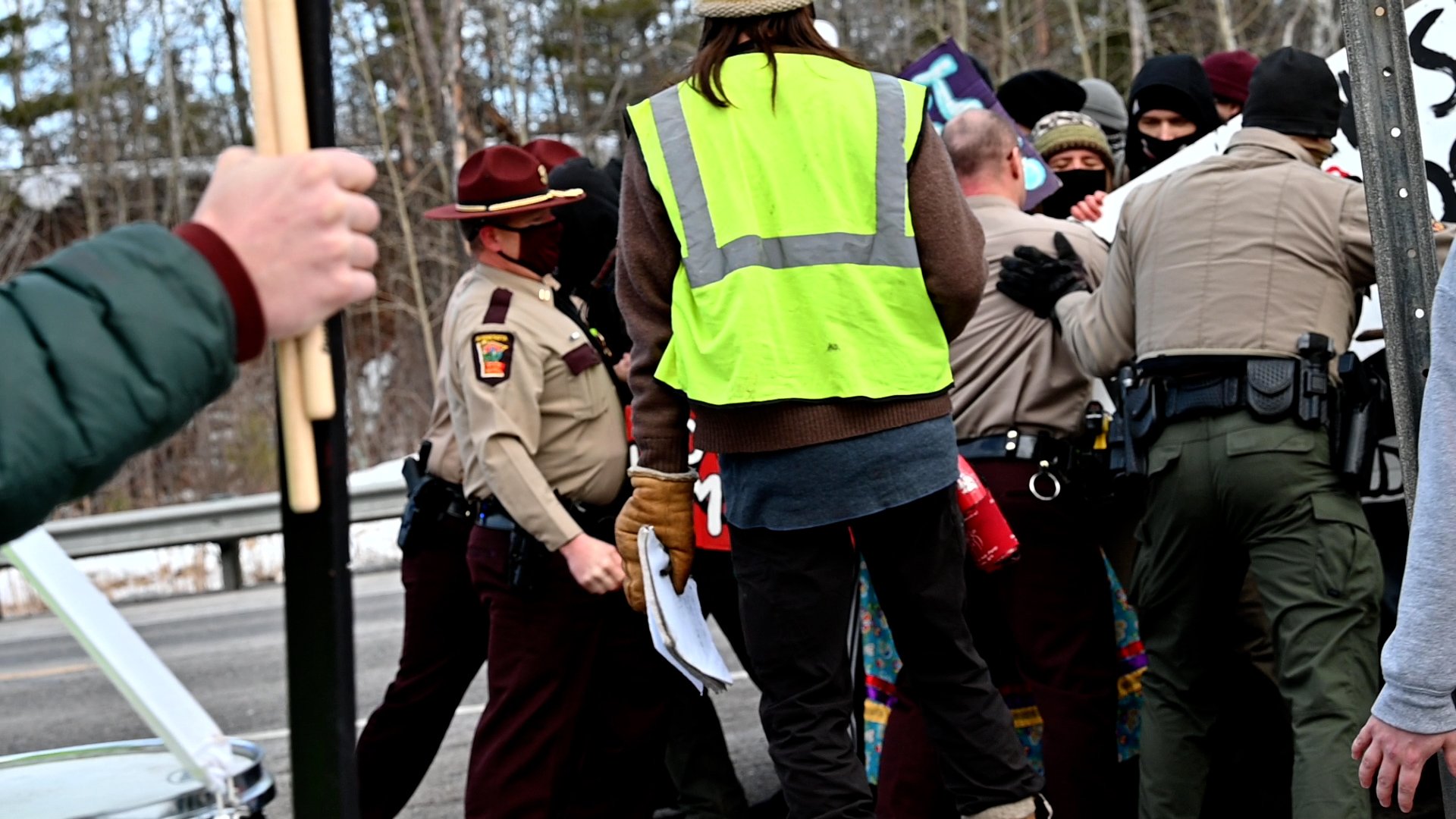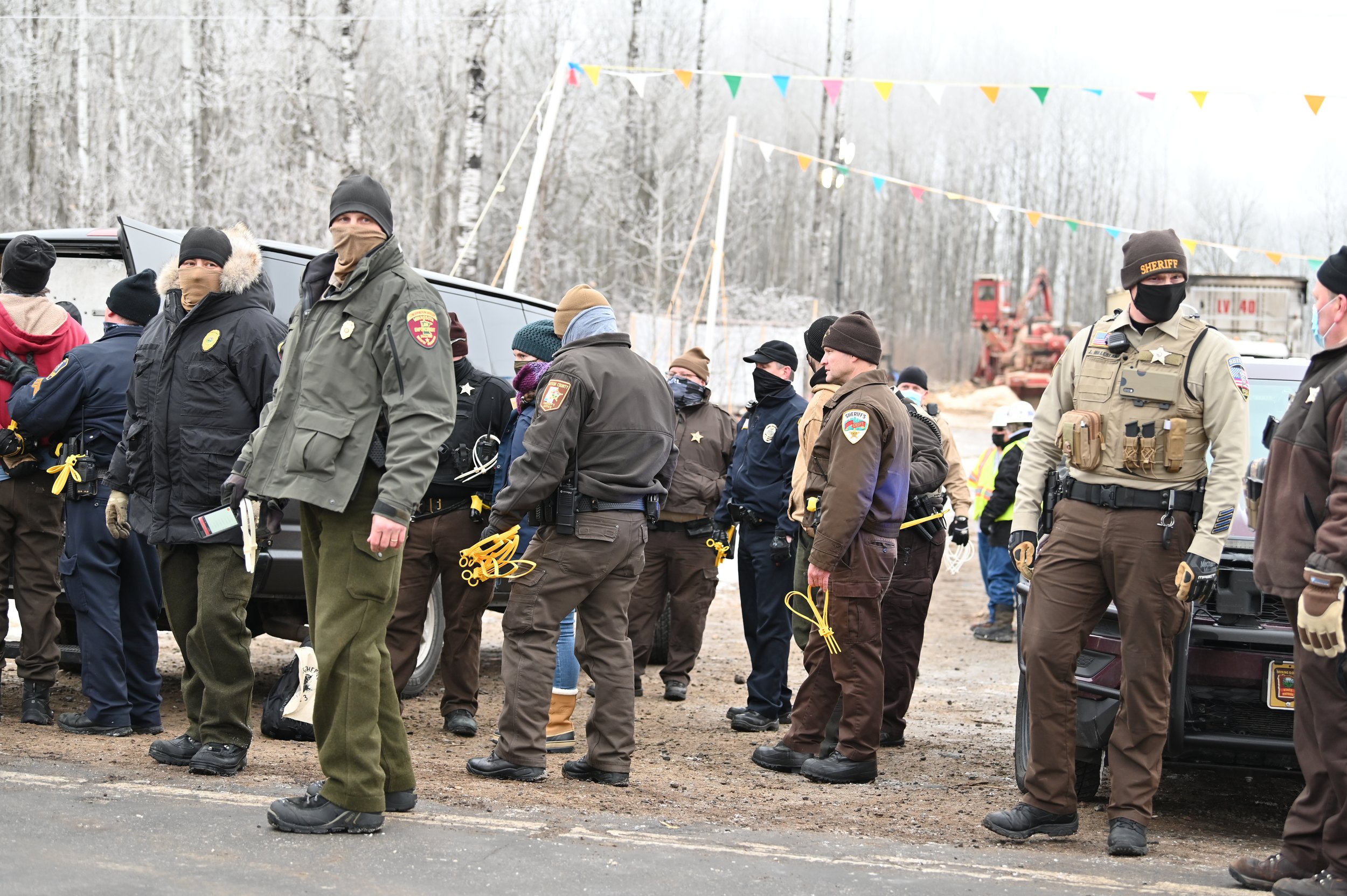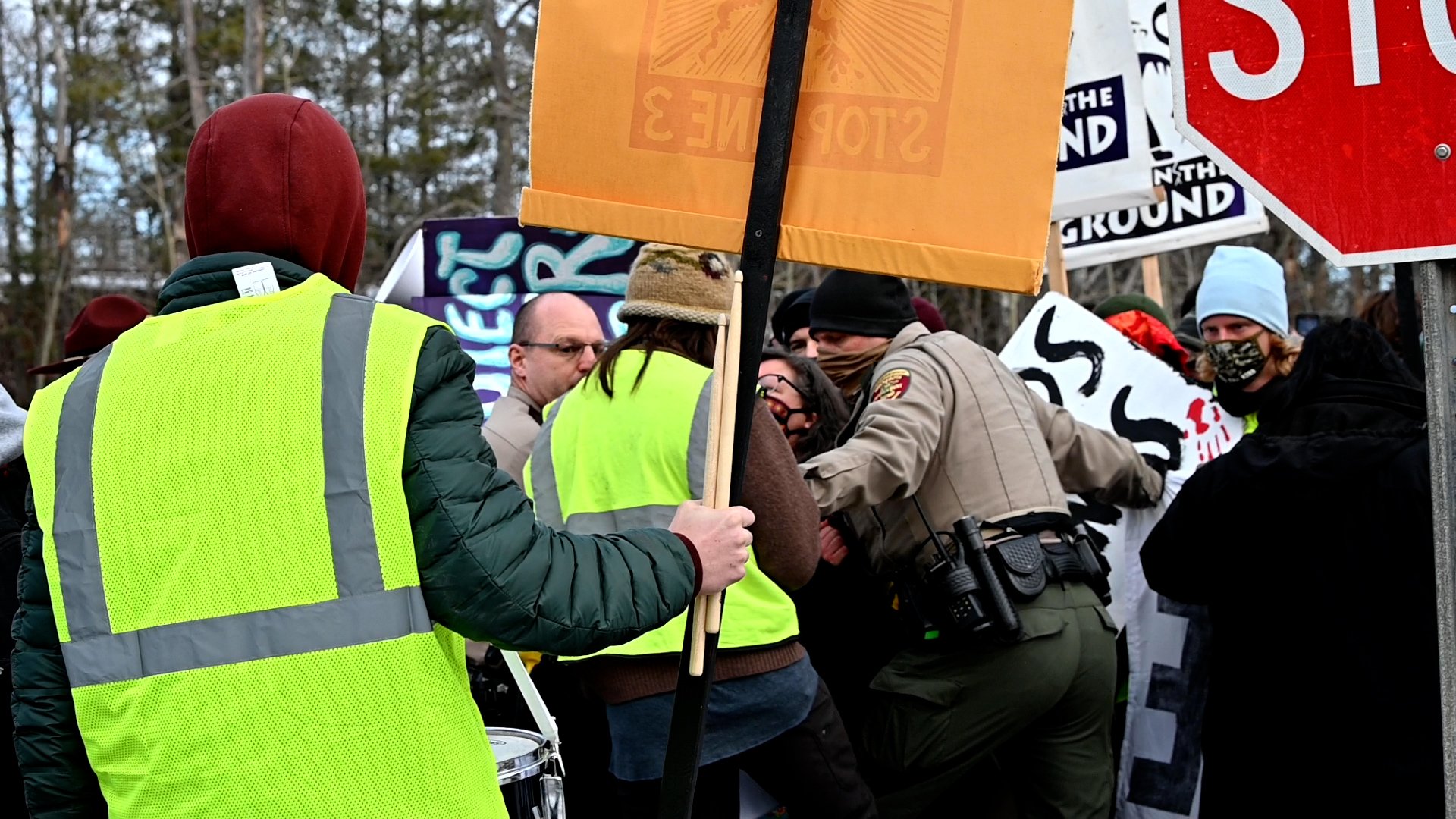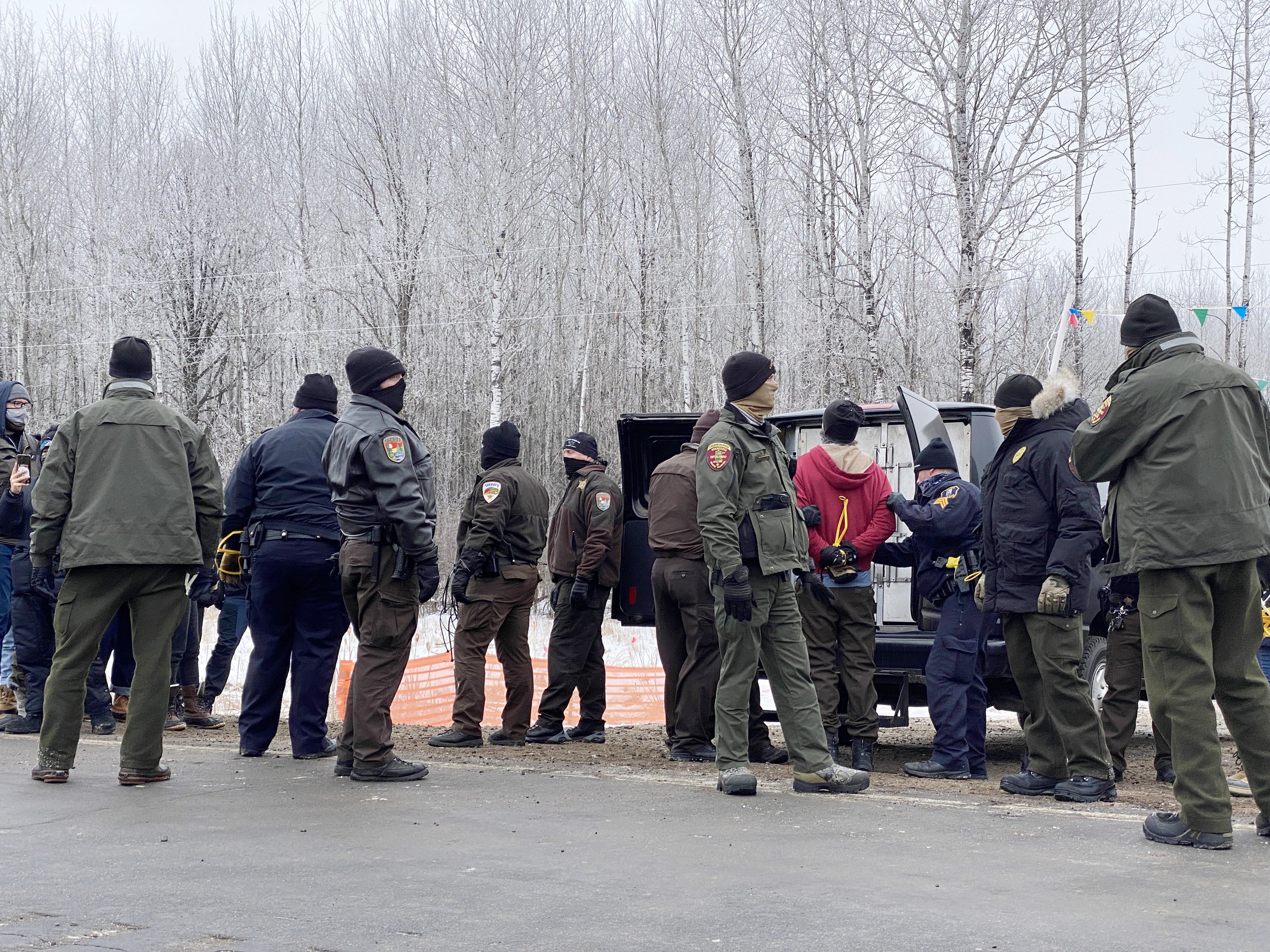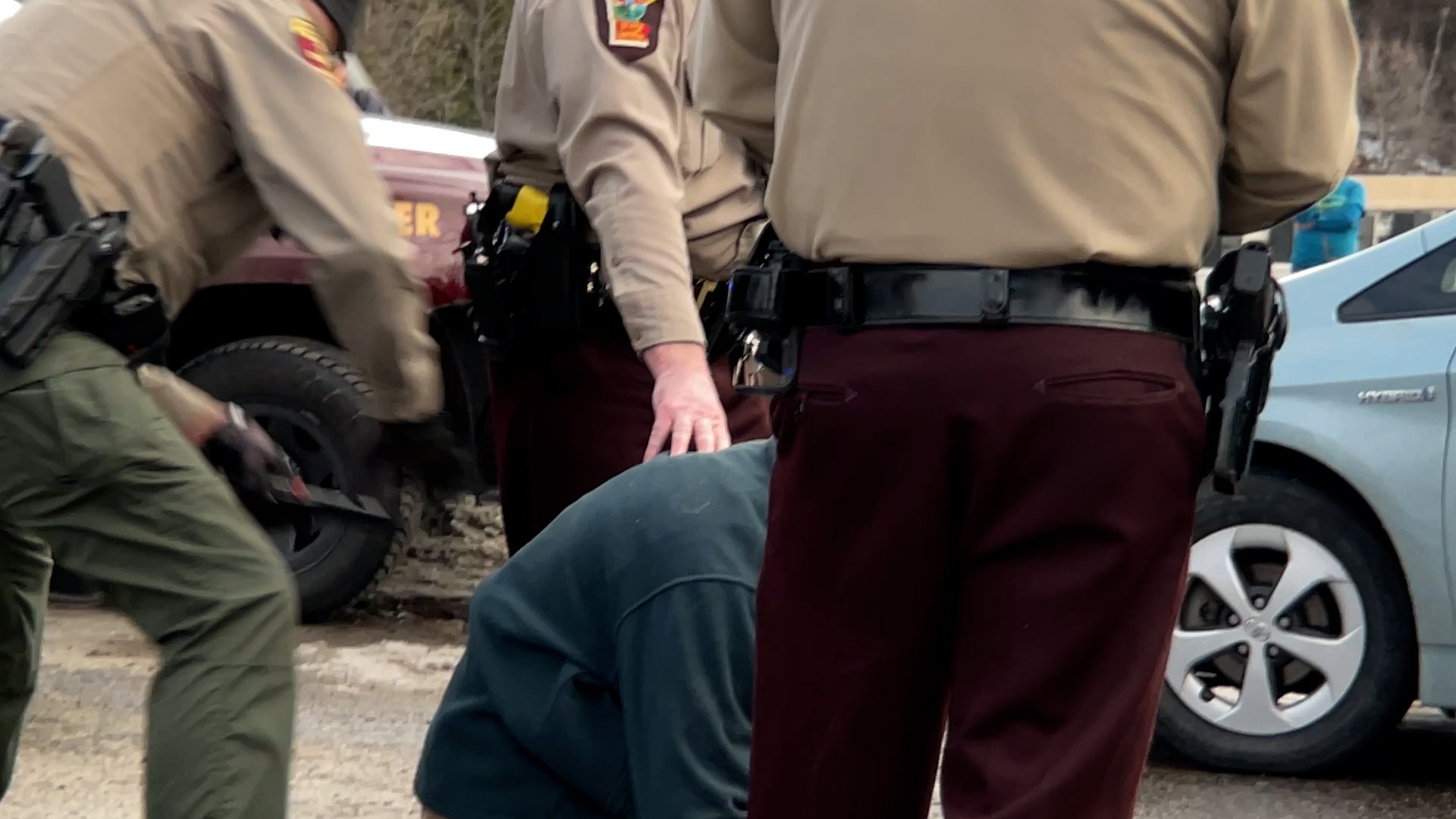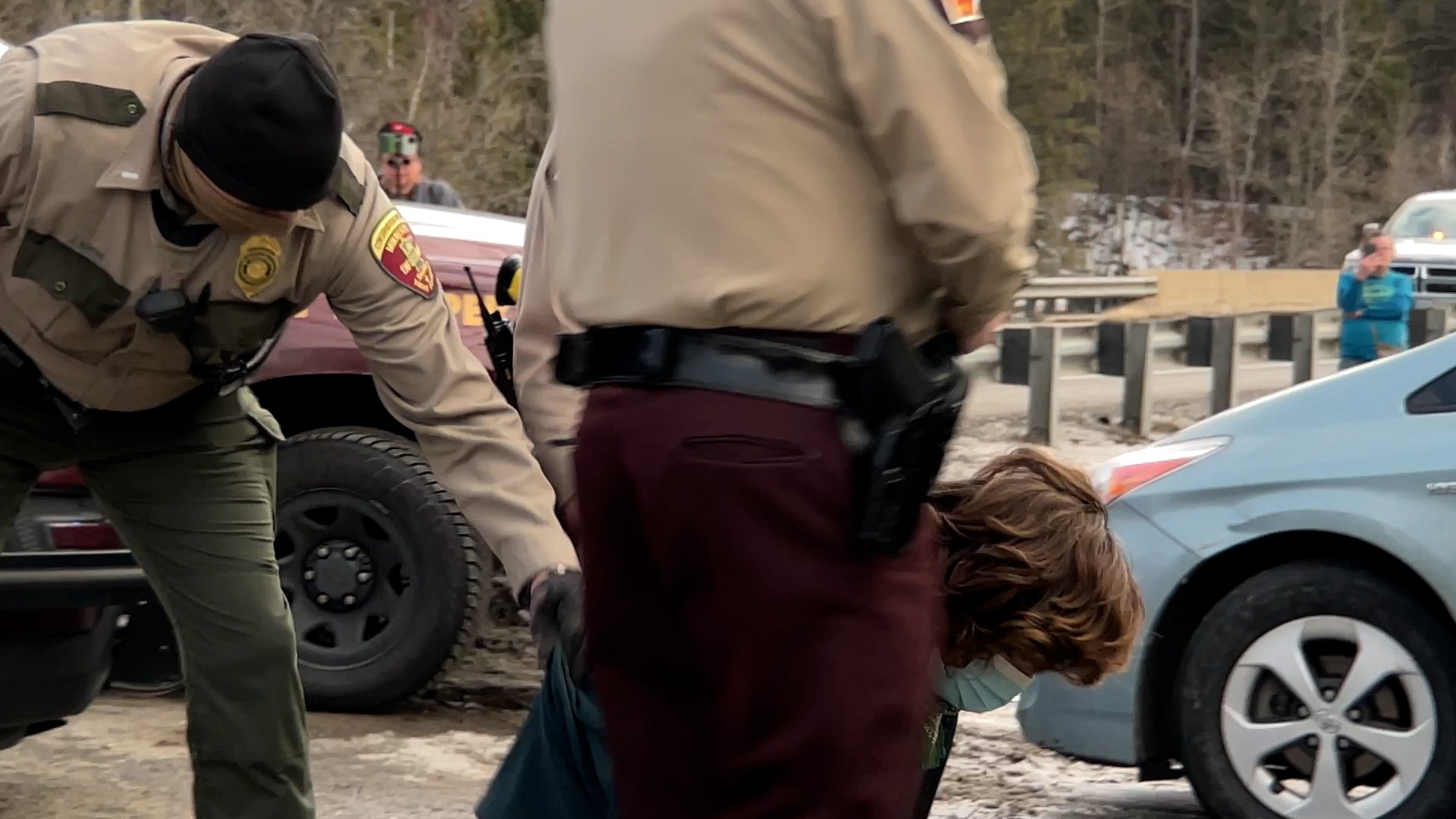How to steal a state
"Since the signing of the 1855 treaty for 14 million acres of land, we continue to live on our land, as instructed: Harvesting medicines, basket materials, and always food from this land. During that time, tribal members have been arrested and jailed for fishing, ricing, and hunting in this land, to which we belong. We are usually charged by the Minnesota DNR, essentially for the crime of being Indian, being Anishinaabe."
By Winona LaDuke March 8, 2022
Indakiingimin, the very land to which I belong. That’s the word for the land — or Akiing, the land to which we belong.
That’s a lot different than private property, state property or land now owned by foreign multinationals such as Enbridge and Rio Tinto Group in northern Minnesota. In 1856, the time of my ancestors, you could drink water from every stream and lake. That’s when America was great. In 1862, a buffalo herd 60 miles long moved to the west, and the forests of maple sugar, elk and moose were abundant. That’s before America.
Since the signing of the 1855 treaty for 14 million acres of land, we continue to live on our land, as instructed: Harvesting medicines, basket materials, and always food from this land. During that time, tribal members have been arrested and jailed for fishing, ricing, and hunting in this land, to which we belong.
We are usually charged by the Minnesota DNR, essentially for the crime of being Indian, being Anishinaabe.
The Minnesota DNR basically sold the 1855 treaty territory out in a textbook case of mismanagement and corporate collusion. Early on, the DNR secured $2.5 million as the fine for Enbridge’s destruction of endangered species along their Line 3 corridor, the majority of which went through the 1855 territory. Then as time went on, they received more and more money from Enbridge.
By 2018, Enbridge was investing quite a bit in the DNR: at least $1.5 million on training and officer time. Some of those trainings were for less than lethal munitions, chemical munitions, blunt trauma and ballistics, all to be used on people, like myself, protecting the water.
At this point, the DNR mission statement seems a bit shallow:
“To work with Minnesotans to conserve and manage the state’s natural resources, to provide outdoor recreation opportunities, and to provide for commercial uses of natural resources in a way that creates a sustainable quality of life.”
I’m calling that BS.
In 2021, Enbridge paid a scant $150 to the DNR for 5 billion gallons of water in the deepest drought we can remember. That’s the largest water appropriation in the history of the state. No hearings, no way to stop them.
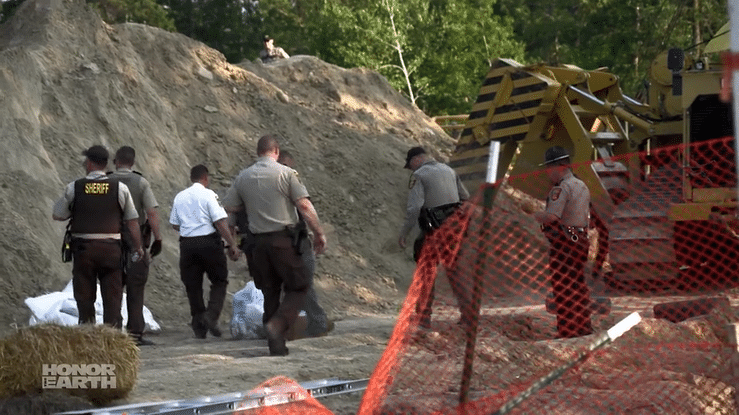
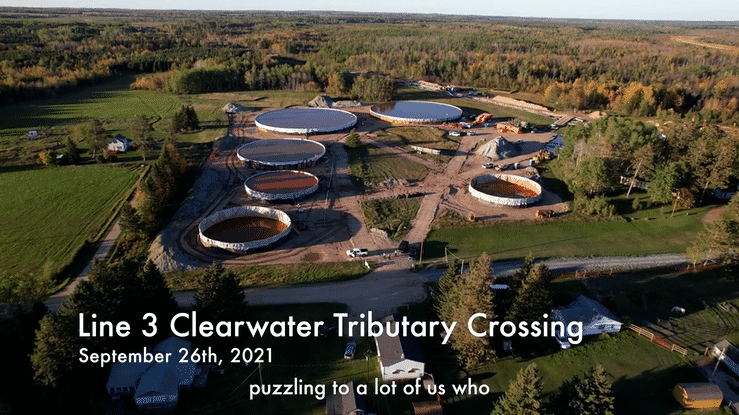
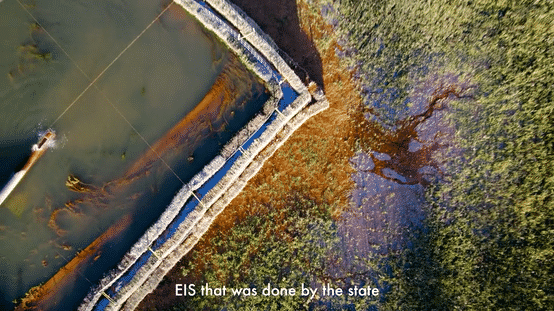
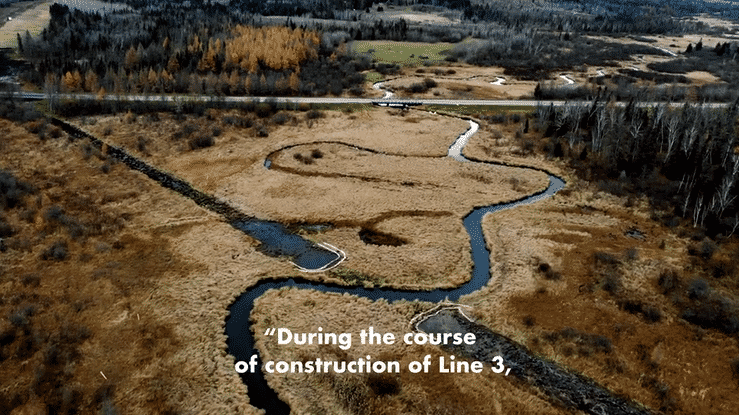

Then Enbridge workers punctured an artesian aquifer on Jan. 21, 2021, ultimately releasing maybe a billion gallons of water. The DNR allegedly didn’t learn about the breach until June 15, nearly five months after the fact. The DNR waited months before informing the public. Word from Enbridge is that the breach is fixed, but who knows?
After all, 14 of the monitors for the DNR formerly worked for Enbridge.
Take Two. Living on the Shell River.
I spent about four months of last year camping in my traditional territory, the Shell River. The DNR campground manager was a stellar human being, so, to be clear, there are a lot of DNR employees who do a great job. However, money sullies good work: By the summer, facing five Enbridge drills under the Shell River, the river did not look good. Water levels dropped dangerously low. And yet the DNR took more water, hooking up to anything they could, irrigators, city wells, and the rivers themselves.
We asked for the DNR to send malacologists — mussel scientists — to look at the mussels of the Shell, the largest inland mussel population in the upper Mississippi Region. Weeks of pleading, blown off by DNR, who initially was to send someone, and did not. Then, the 1855 Treaty Commission hired a malacologist, who was told that their state permit applied to all other rivers in the state, just not the Shell River.
The White Earth tribe issued a permit to the malacologist and, the next day, the DNR issued a permit. The mussels are dying out. That’s what’s going on. And the DNR is enabling it.
By fall, the DNR asked Enbridge to set up an escrow account of $3.2 million for the aquifer breach. Enbridge will get that money back. I have to wonder, who sets the price for killing an aquifer? By February, the DNR submitted its final billing for protecting, through force, Enbridge’s interests.
That’s to say, a total of $2.2 million was received by Minnesota DNR as a reimbursement for Line 3’s arrests of people like me. I’m about to face my charges for trespassing on Indakiingimin. I was charged, like my ancestors before, by the DNR. I am not a trespasser. In fact, what has become ever so clear in the past eight years of dealing with the DNR and Enbridge is that the agency sold us all out, along with water, eagles, mussels, and trees.
The land my ancestors protected in the time of the 1855 treaty is that which we remember. And the Anishinaabe can certainly protect it better.
THE ENBRIDGE BATTLE IS NOT OVER
